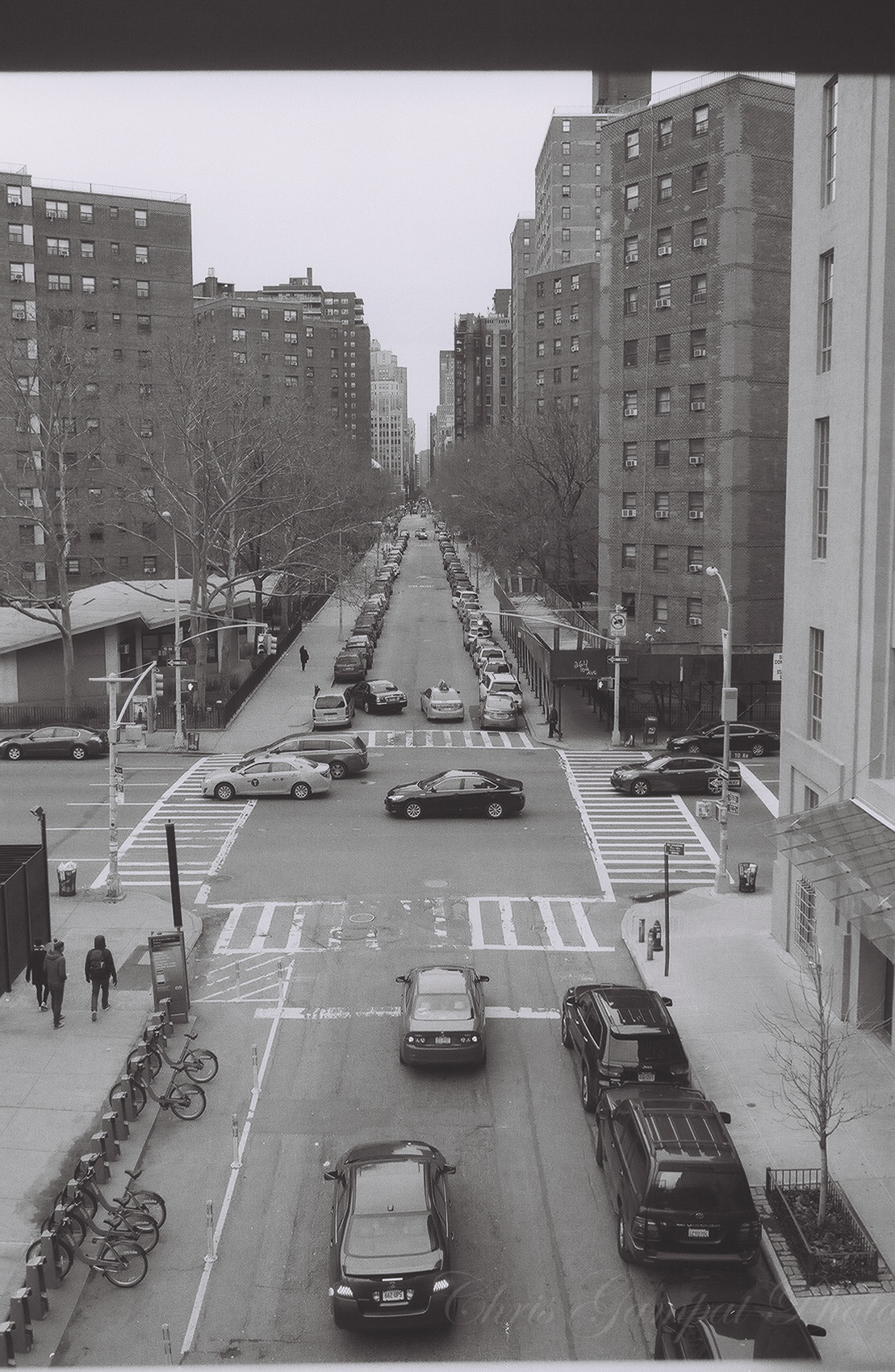Last Updated on 08/13/2020 by Chris Gampat
Canon and Epson, who both still make film scanners, should be finding a way to actually improve them with a full frame film scanner.
While the idea behind this may sound a bit extraneous, I don’t believe that it is. There’s been a trend for many years where photographers scan their film with DSLRs or mirrorless cameras. It’s often easier, and you get more details, dynamic range, etc. So it’s been puzzling to me why no one has made a scanner with a full-frame sensor. Epson and Canon can both do it, but Canon is the one perhaps more inclined to be able to do so. The idea is a pretty simple one, but it should have been made years ago. However, it’s not too late if both Canon and Epson tried to do it.
So how would a full frame film scanner work? Well, it’s a combination of both a camera and a scanner.
- A full frame 30MP+ chip is at heart. The base ISO of it would be very low, at maybe ISO 100 or something like that.
- A semi-wide or standard macro lens with the glass and light table mechanism of a scanner is also present.
- The sensor and macro lens scan with the bright LED light.
- It moves across the frame or auto detects where the film is.
- The scanner photographs the surface area of the film and stitches it together.
- You tether the scanner to your computer to edit the RAW file the scanner outputs in your favorite software. Capture One, Lightroom, etc.
- From there, you continue scanning.
- The idea is that it will deliver massive RAW files, and there will be lots of information. It will stitch the area together to output a file.
- A single 35mm film slide could be a single file scanned.
- A cut negative will be a whole strip of images that you could crop and cut up as much as you wish.
- You could tell the scanner to scan only certain areas.
- The device would have a touchscreen display and operation, though there will also be buttons for specific situations.
A scanner like this, I think, would be the be all and end all of the film scanners. There wouldn’t even be a significant reason to need to improve a full frame film scanner anywhere as often as cameras refresh. We’ve already proven the sensors in cameras from even a few years ago can do great HDR captures and fantastic color rendering. Combine this with how sound modern RAW files and RAW file editing software is, and you’ve got a no-brainer.
Making something like this is pretty tricky. While Epson cares very much about this kind of product, Canon I’m sure would probably just want consumers to move up to their EOS R products. But the thing is that photography is facing a massive problem with archiving and scanning film right now. There aren’t any scanners that can do anything nearly on this level unless it is a drum scanner. And how many people have drum scanners at home?
Could a product like this put film development labs out of business? Not really. You still need a place to develop and scan your film if you’re not doing it yourself. Further, techs will hopefully keep their scanners clean, though lots of people don’t.
Canon and Epson, both of who I know read this site, please consider making something like this.


